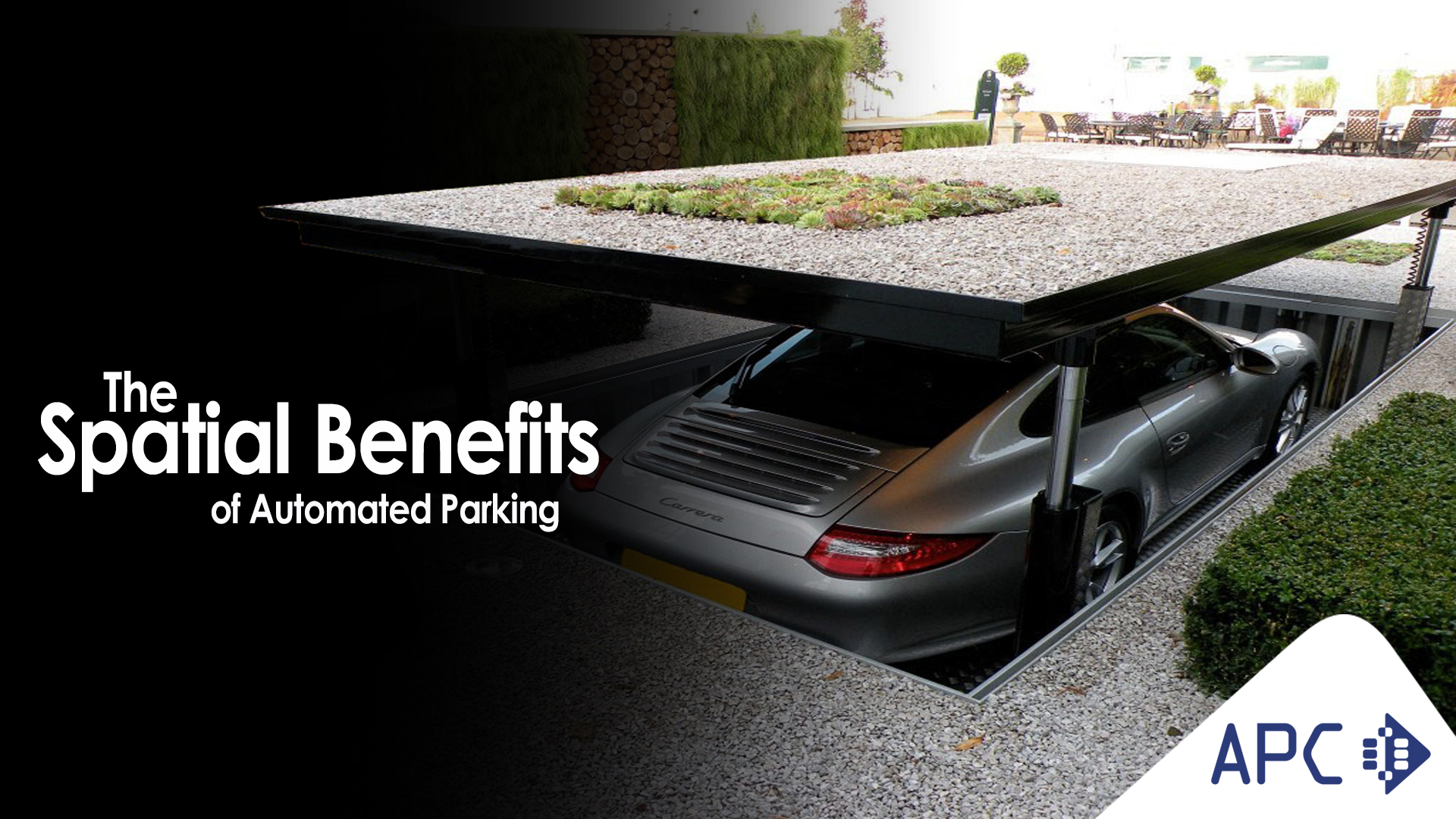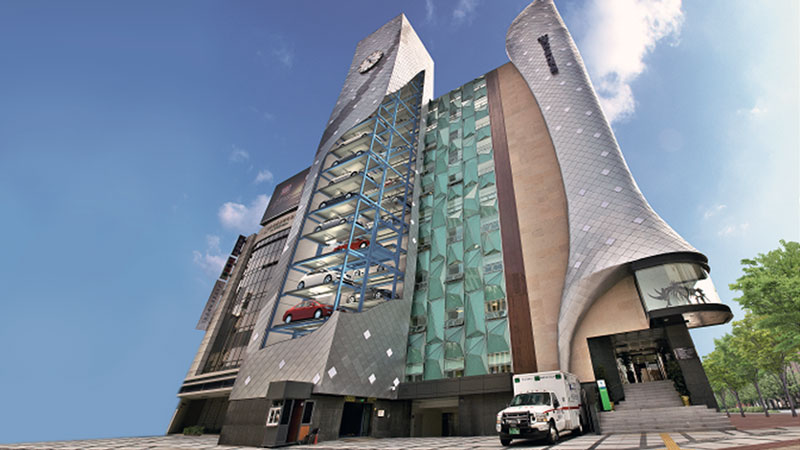
Automated Parking and the Three Pillars of Sustainability
December 16, 2019
Spatial Benefits of Automated Parking
February 12, 2020A recent article on the Miami Herald talks about how the proliferation of small-scale developments was possible due to the City of Miami removing a zoning provision in 2015. The removal of said provision had a direct impact in allowing these small developments to become feasible. Regulation changes are a positive move in the sense that they not only question whether what seemed to work in the past is still practical and effective, but they also start the process of change and adaptation that is so important for societies to thrive. Regulation changes are definitely one step into the right direction, but until this practice becomes a nationwide reality, is it really the only way to resolve the current challenges of urban development? Let’s look at this further.
The projects mentioned in the article are those known as “infill development”, small in scale, some even building on merely 5,000 sqft lots. With such restricted space, building conventional parking to comply with parking requirements is not feasible or profitable, sometimes impossible. To provide some context, let’s look at ratios. Previous zoning requirements demanded 1.5 parking spaces per apartment for projects covering less than 10,000 sqft. Such small developments had no chance from the “get go”. Parking would eat up a significant portion of the land, directly impacting and compromising profit and passing the high cost of parking to their future tenants.
In this light, the zoning removal proves to be a brilliant move towards encouraging small-scale infill development. However, for those cities or regions in which standard regulations still remain, and changes in regulation are yet to go through a lengthy and cumbersome process, what are the options?
In this light, the zoning removal proves to be a brilliant move towards encouraging small-scale infill development. However, for those cities or regions in which standard regulations still remain, and changes in regulation are yet to go through a lengthy and cumbersome process, what are the options?
Developers and architects often accept the fact that parking will take up a significant portion of their land; leaving them with a reduced footprint to build more livable and profitable space and compromising the feasibility of the project, but the reality is, that until changes in regulation becomes a nationwide standard, there are solutions available, here and now, to satisfy both current parking requirements and the needs of healthy and balanced investment. One of those options is Automated Parking Technology.
As we have said before, automated parking significantly reduces the space needed to park vehicles and allows developers to devote their land to build more livable space. Many question the feasibility, benefits and spatial opportunities offered by automated parking (see video below) and believe that the technology is cost prohibiting, but in reality, the cost of automated parking is comparable - and in most cases less costly - than building conventional multilevel parking structures; with options that may reduce the space devoted to parking from 50% to 70%, allowing developers to maximize the buildable, profitable and livable square footage of their projects.
As we have said before, automated parking significantly reduces the space needed to park vehicles and allows developers to devote their land to build more livable space. Many question the feasibility, benefits and spatial opportunities offered by automated parking (see video below) and believe that the technology is cost prohibiting, but in reality, the cost of automated parking is comparable - and in most cases less costly - than building conventional multilevel parking structures; with options that may reduce the space devoted to parking from 50% to 70%, allowing developers to maximize the buildable, profitable and livable square footage of their projects.
While removing strict parking requirements can help alleviate and solve the challenges of small-scale infill development and truly respond to our current urban needs, we should start considering an option that has been available for decades and is being widely used in other latitudes of the world; an option that is able to satisfy the challenges and demands of the current urban landscape, the urgent need for sustainable and environmentally friendly infrastructure and the requirements of our current society. We have an available option, right here, right now, to leverage our options until regulation strays away for standardization and truly satisfies the real needs of specific projects.
Changing zoning codes remains a temporary solution, but more needs to be done and can be done until this practice becomes a national movement. Urban planners and parking experts (conventional and automated) need to have the opportunity to provide more input into the process of adjusting regulations and requirements to provide truly permanent and beneficial solutions to current urban demands.
Changing zoning codes remains a temporary solution, but more needs to be done and can be done until this practice becomes a national movement. Urban planners and parking experts (conventional and automated) need to have the opportunity to provide more input into the process of adjusting regulations and requirements to provide truly permanent and beneficial solutions to current urban demands.
The reality is, automated parking is here to stay and in order to fully understand it and embrace it, we must talk and educate all the parties involved. Parking regulations must adapt to the current needs of the urban landscape, respond to the urgency of green building and promote walkable cities, mobility and smart growth. Smart Cities need to also be “parking smart”, it is not about eliminating parking altogether, but about taking the necessary steps to facilitate a smooth and responsible transition from our current car-centered society into a driverless future. It is about being more space-conscious and implement solutions that can adapt to both the needs of today and the forecasts of tomorrow.
Drastic measures, such as eliminating parking requirements is probably not the answer at this time; instead, we need to initiate and encourage an open argument that results in responsible strategies that truly benefit cities, developers and citizens alike so there can be growth in all directions. Education, communication, and adaptability are necessary to find a middle ground to grow and evolve responsibly.
Drastic measures, such as eliminating parking requirements is probably not the answer at this time; instead, we need to initiate and encourage an open argument that results in responsible strategies that truly benefit cities, developers and citizens alike so there can be growth in all directions. Education, communication, and adaptability are necessary to find a middle ground to grow and evolve responsibly.




